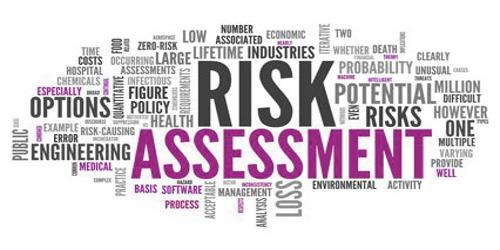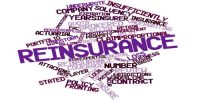Risk Assessment Techniques
Risk assessment is the determination of a quantitative or qualitative estimate of risk related to a well-defined situation and a recognized threat (also called hazard). It is a systematic process of evaluating the potential risks that may be involved in a projected activity or undertaking. The idea behind this initial process is to recognize, uncover and describe risks that could affect the outcome of your project. Sonic risk assessment techniques are:
Questionnaires and checklist: use of structured questionnaires and checklist to collect information to assist with the recognition of the significant rules. This type of analysis is a brainstorming activity and is carried out by people who have knowledge about the areas, operations, and processes that may be exposed to hazardous events and conditions.
Workshops and brainstorming: Collection and sharing of ideas and discussion of the events that could impact the objectives, stakeholder expectations or key dependencies.
Inspections and audits: Physical inspection of the premises and activities and audits of compliance with the established system and procedure.
Flowcharts and dependency analysis: Analysis of process and operations within the organization to identify critical components that are the key to success.
HAZOP and FMEA approach: Hazard and operability studies and Failure Modes Effects Analysis are quantities technical failure analysis techniques. This method is often used to predict hardware failures and is best suited for this purpose.
SWOT and PESTLE analyses: Strengths Weakness Opportunities Threats (SWOT) and Political Economic Social Technological Legal Environmental (PESTLE) analyses offer structured approaches to risk recognition.















